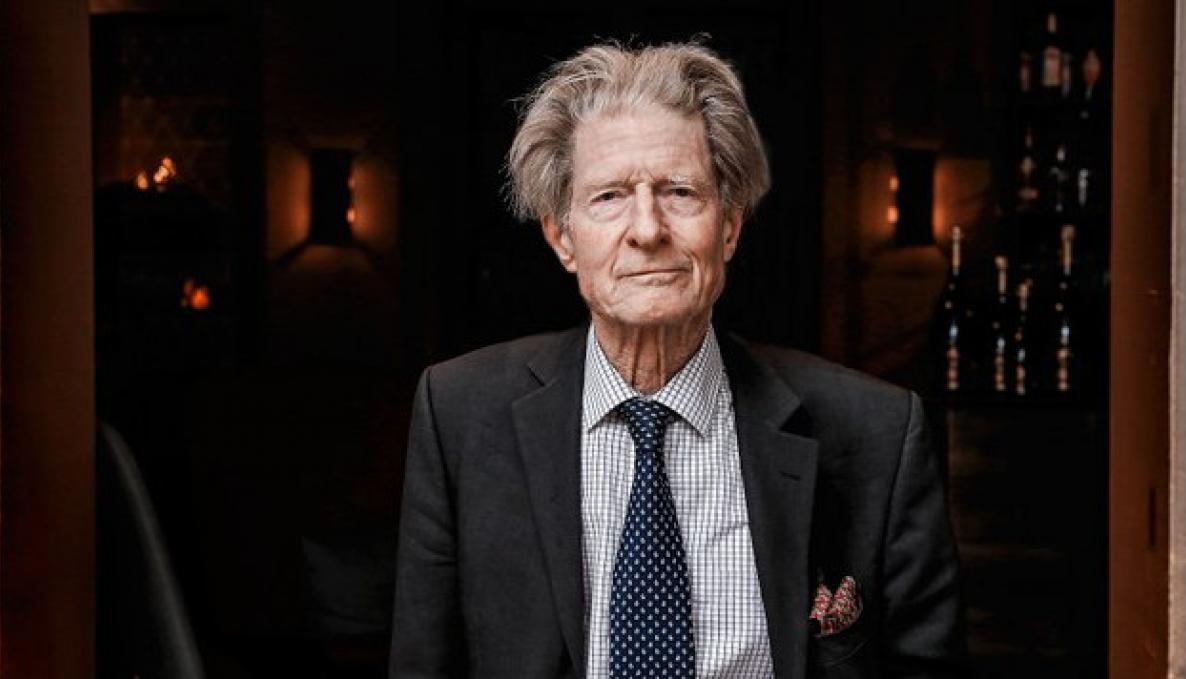On monday, may 13, sant’anna school at its seminar series “ORIZZONTI IN MEDICINA E BIOLOGIA”, confers honorary doctorate IN TRANSLATIONAL MEDICINE upon NOBEL laureate professor sir JOHN B. GURDON for his work on cloning and stem cells

If adult cells can turn into stem cells, can we regenerate tissue and turn back the clock? Can we reprogram cells, treat incurable neurodegenerative diseases and provide a strategy for regenerative medicine? Now, we can ask Nobel Laureate Professor Sir John Gurdon attending the Sant’Anna School seminar series “Orizzonti in Medicina e Biologia” questions on somatic cell nuclear transfer and ethical issues in stem cell all research on Monday, May 13, 2019, when receiving a Doctorate Degree Honoris Causa in Translational Medicine.
Upon receiving the honorary degree, Sir John Gurdon will meet students and deliver his lectio magistralis address at aula magna, 5.00 pm. In 2012, the Nobel Prize Committee awarded Gurdon its prize in physiology or medicine for his work on cloning and pluripotent stem cells. As of 2012, Gurdon's research focuses on the mechanisms by which the egg reprograms the transplanted nucleus, sometimes allowing it to dedifferentiate and direct the formation of an entire functional organism. In order for reproductive cloning to work, a differentiated cell must “dedifferentiate,” allowing it to access the genes for any given cell type.
In 1952, Sir John Gurdon developed the “nuclear transplantation”, a technique used to clone organisms and to create stem cells, while working in Britain. In 1962, he published results that indicated that scientists could take a nucleus from an early embryonic cell and successfully transfer it into an unfertilized and enucleated egg cell. He removed the nucleus of a fertilized egg cell from a frog and replaced it with the nucleus of a cell taken from a tadpole's intestine. This modified egg cell grew into a new frog, proving that the mature cell still contained the genetic information needed to form all types of cells.
Sir John Gurdon was awarded the Nobel Prize in medicine for his groundbreaking discoveries concerning stem cells, which can be adapted for medical purposes. His discoveries are now being applied in genomics. The cloning of the sheep named Dolly, the first mammal cloned from an adult cell, indicated that researchers had managed to clone mammals by splitting embryos in a test tube and implanting them in adults after 276 attempts, (according to the National Human Genome Research Institute).
As stem cells have enormous potential to replace diseased or damaged tissues and aid in organ repair or replacement, Gurdon said that cloning of cells for therapeutic purposes, once the method has been appropriately perfected, should pose no moral issues on the role of the genes in development, aging and disease.
Announcing the award at the seminar series “Orizzonti in Medicina e Biologia”, Professor Vincenzo Lionetti and Sant’Anna School students will discuss the impact on the understanding of genomics and its wide-ranging benefits to humankind.
Cover Photo: Nobel Laureate Professor Sir John B. Gurdon



